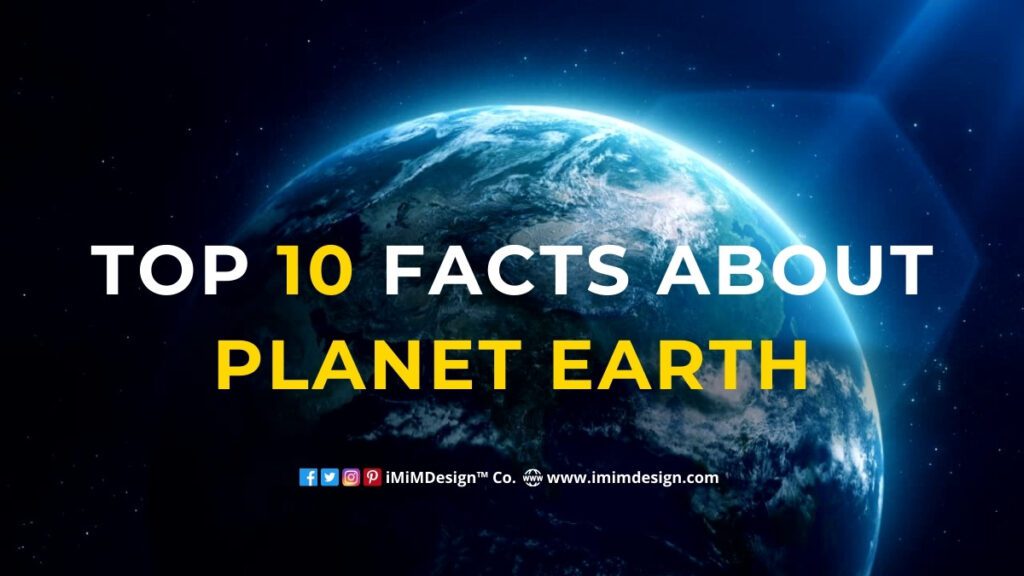Introduction: Planet Earth
Planet Earth, our home in the vastness of the universe, is a remarkable and diverse planet that has fascinated scientists, explorers, and philosophers for centuries. From its breathtaking landscapes to its intricate ecosystems, Earth is a complex entity that holds many secrets waiting to be unraveled.
In this article, we will delve into the top 10 facts about our planet, shedding light on its wonders and highlighting its uniqueness. But before that, if you prefer a short story then head over to this link for a short story about planet Earth: Top 10 Facts About Planet Earth
So, if you are still here, let us proceed:
Earth, the Blue Planet
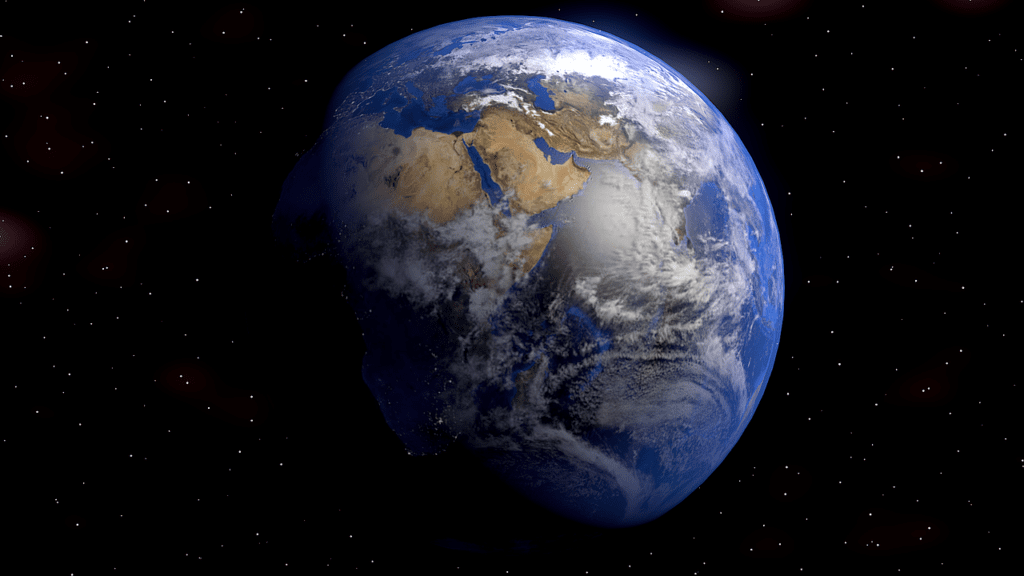
Often referred to as the “Blue Planet,” Earth gets its nickname due to the abundance of water that covers approximately 71% of its surface. This water is crucial for sustaining life as we know it and plays a vital role in shaping Earth’s climate, weather patterns, and various ecosystems. The oceans, with their vast depths and rich biodiversity, are a testament to Earth’s aquatic treasures.
The Goldilocks Zone

Earth is situated in the habitable zone of our solar system, often called the “Goldilocks Zone.” This means that it is at the right distance from the Sun, where conditions are just right to support the existence of liquid water. The presence of liquid water is considered a fundamental requirement for the development of life. Earth’s position in this zone has allowed for the evolution of a wide range of life forms and ecosystems.
A Dynamic Geology
Earth’s geology is constantly evolving. The planet’s surface is composed of tectonic plates that float on a layer of molten rock called the mantle. These plates are in constant motion, resulting in the formation of mountains, the shifting of continents, and the occurrence of earthquakes and volcanic activity. This dynamic geology has shaped Earth’s topography, giving rise to majestic mountain ranges, deep ocean trenches, and vast plains.
The Atmosphere
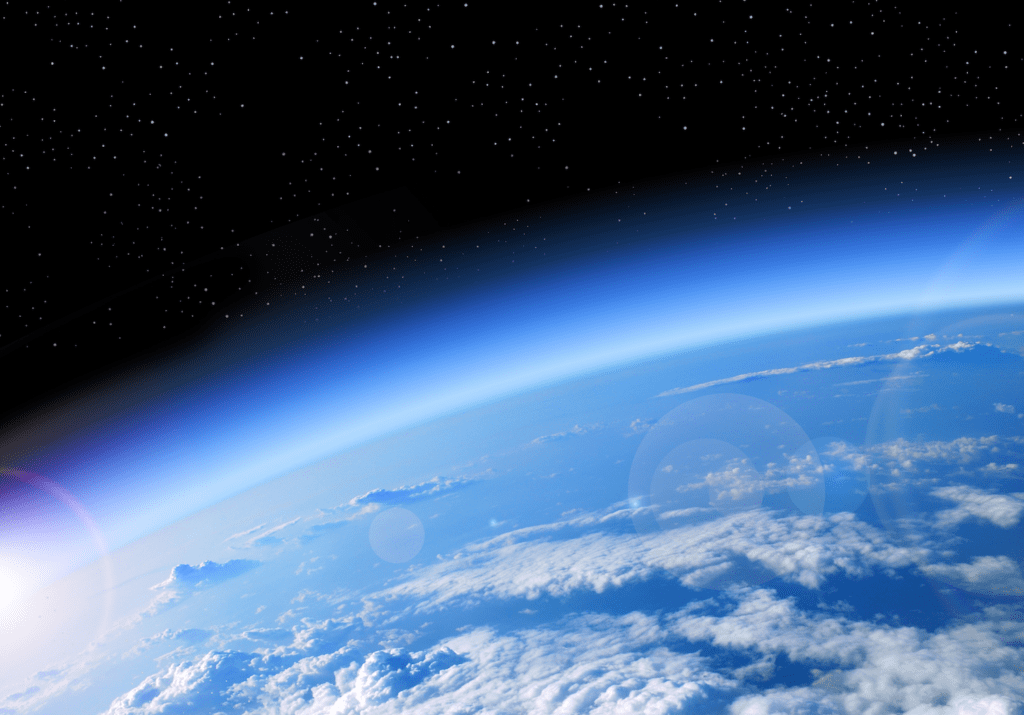
Earth’s atmosphere is a protective blanket of gases that surrounds the planet. Composed primarily of nitrogen (78%) and oxygen (21%), it also contains trace amounts of other gases such as carbon dioxide, water vapor, and ozone. The atmosphere shields us from harmful solar radiation, regulates the climate, and provides the oxygen necessary for life. It also plays a crucial role in moderating temperatures and distributing heat around the planet.
The Ozone Layer

Within Earth’s atmosphere, a specific region known as the ozone layer plays a vital role in protecting life on our planet. The ozone layer is located in the stratosphere, approximately 10 to 50 kilometers above the surface. It absorbs most of the Sun’s harmful ultraviolet (UV) radiation, preventing it from reaching the surface and safeguarding living organisms from its damaging effects. The discovery of the ozone hole in the 1980s led to international efforts to reduce the use of ozone-depleting substances.
Biodiversity Hotspots
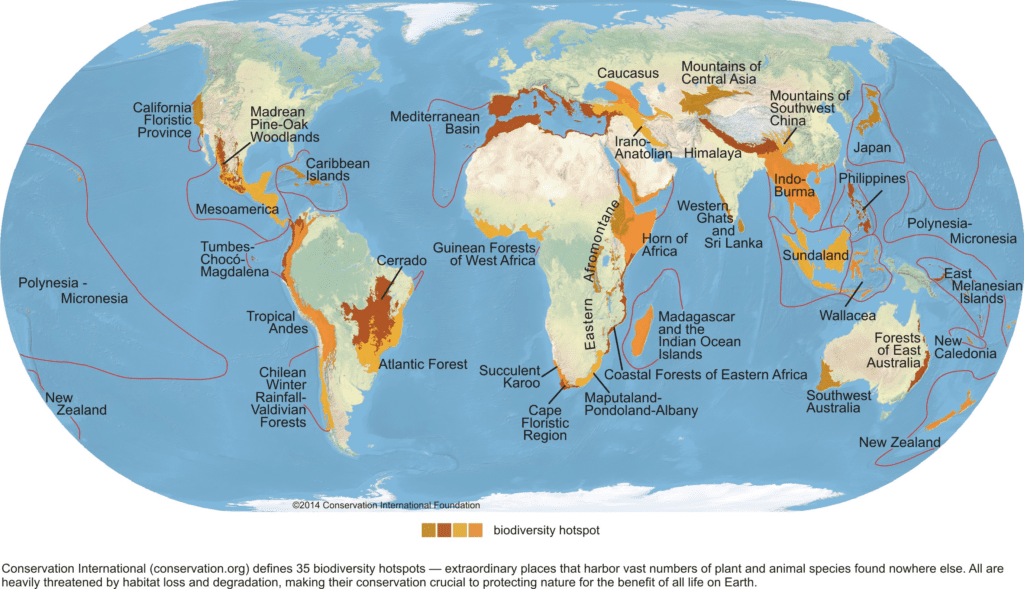
Earth is teeming with an incredible array of life forms, making it a biodiversity hotspot. It is estimated that there are millions of species living on our planet, many of which are yet to be discovered. From lush rainforests to vast coral reefs and expansive savannahs, Earth’s diverse ecosystems provide habitats for an astounding variety of plants, animals, and microorganisms. Protecting biodiversity is crucial for the stability of ecosystems and the well-being of all life on Earth.
The Blue Marble
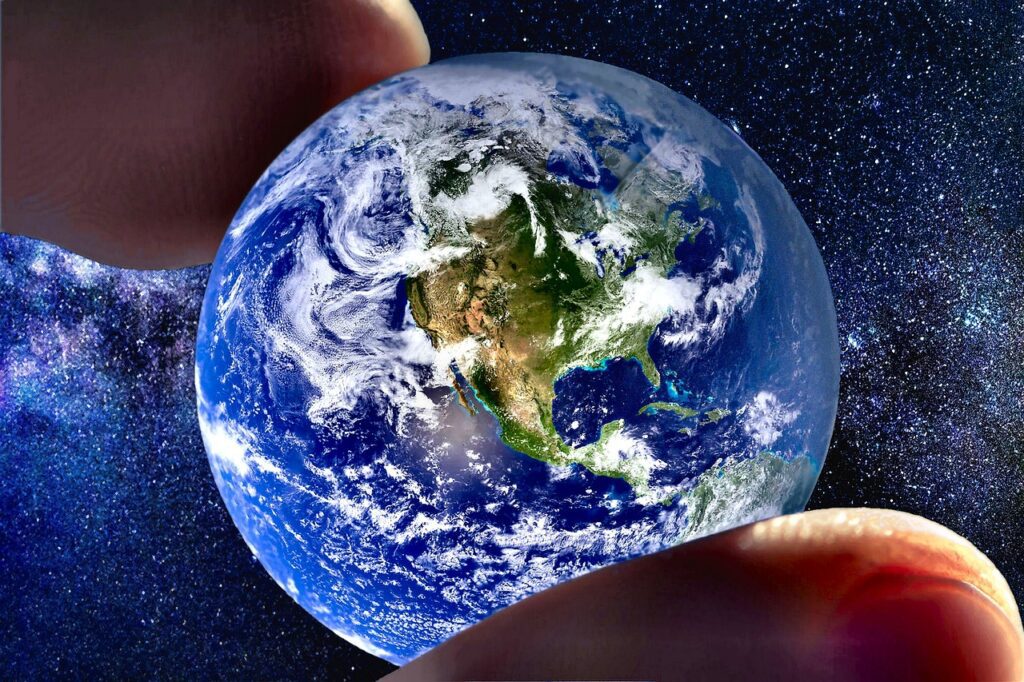
The iconic “Blue Marble” image of Earth, captured by the Apollo 17 mission in 1972, showcased the beauty and fragility of our planet. This image served as a stark reminder of the interconnectedness of all life on Earth and the need to protect and preserve our environment for future generations. The Blue Marble image helped foster a greater understanding of Earth’s delicacy and the importance of sustainable practices.
Earth’s Moon
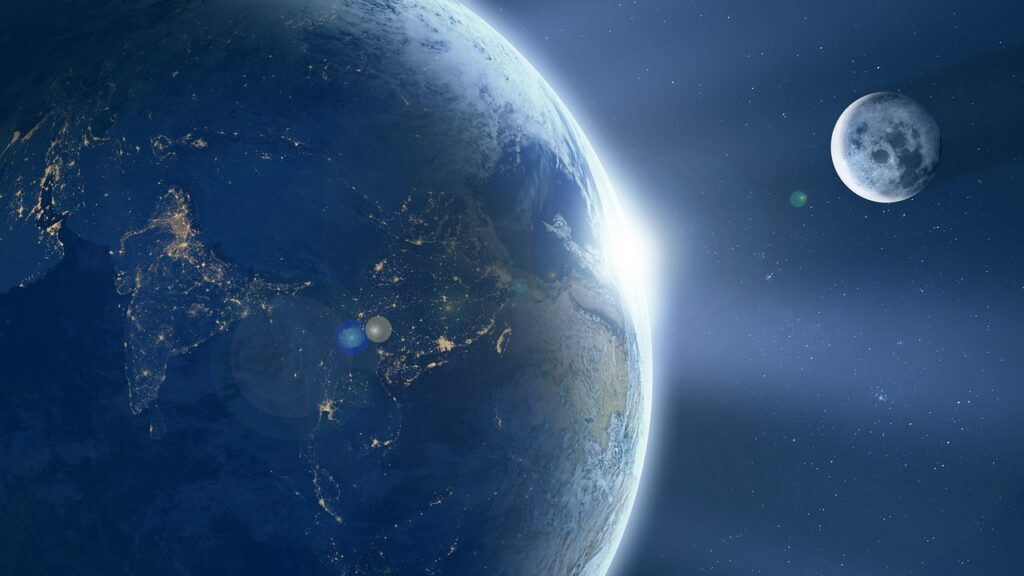
Earth is accompanied by a faithful companion in its journey through space—the Moon. Our natural satellite is the fifth-largest moon in the solar system and plays a crucial role in stabilizing Earth’s rotation and creating tidal movements in our oceans. The Moon has also served as a source of inspiration and wonder for humanity throughout history. Its phases, gravitational influence, and rare celestial events such as eclipses have captivated human imagination and scientific curiosity.
Water, Water Everywhere

Earth is the only known planet to have vast quantities of liquid water on its surface. Water is essential for the existence of life, and its presence has played a pivotal role in shaping Earth’s landscapes. From mighty rivers and serene lakes to majestic waterfalls and the vastness of the oceans, water is a key element that sustains and shapes our planet. The water cycle, consisting of evaporation, condensation, and precipitation, is a fundamental process that ensures the constant movement and renewal of Earth’s water resources.
A Changing Climate
In recent decades, Earth’s climate has undergone significant changes, largely due to human activities. The burning of fossil fuels, deforestation, and increased greenhouse gas emissions have led to global warming and climate change. These changes have far-reaching consequences, including rising sea levels, extreme weather events, and disruptions to ecosystems. It is crucial that we take collective action to mitigate these effects and strive for a sustainable future. By adopting renewable energy sources, reducing carbon emissions, and implementing conservation efforts, we can work towards safeguarding Earth’s climate for generations to come.
Final Words: Planet Earth
Planet Earth is an extraordinary and intricate planet, brimming with wonders that continue to captivate and amaze us. From its diverse ecosystems and dynamic geology to its life-sustaining qualities and stunning landscapes, Earth is a unique gem in the cosmos. As stewards of this remarkable planet, it is our responsibility to appreciate, protect, and preserve Earth’s beauty and ensure its sustainability for generations to come.
Let us celebrate the marvels of our Blue Planet and strive to create a harmonious relationship between humanity and the natural world. Share this article with your friends and family and also don’t forget to share your comments.

Latest Posts

